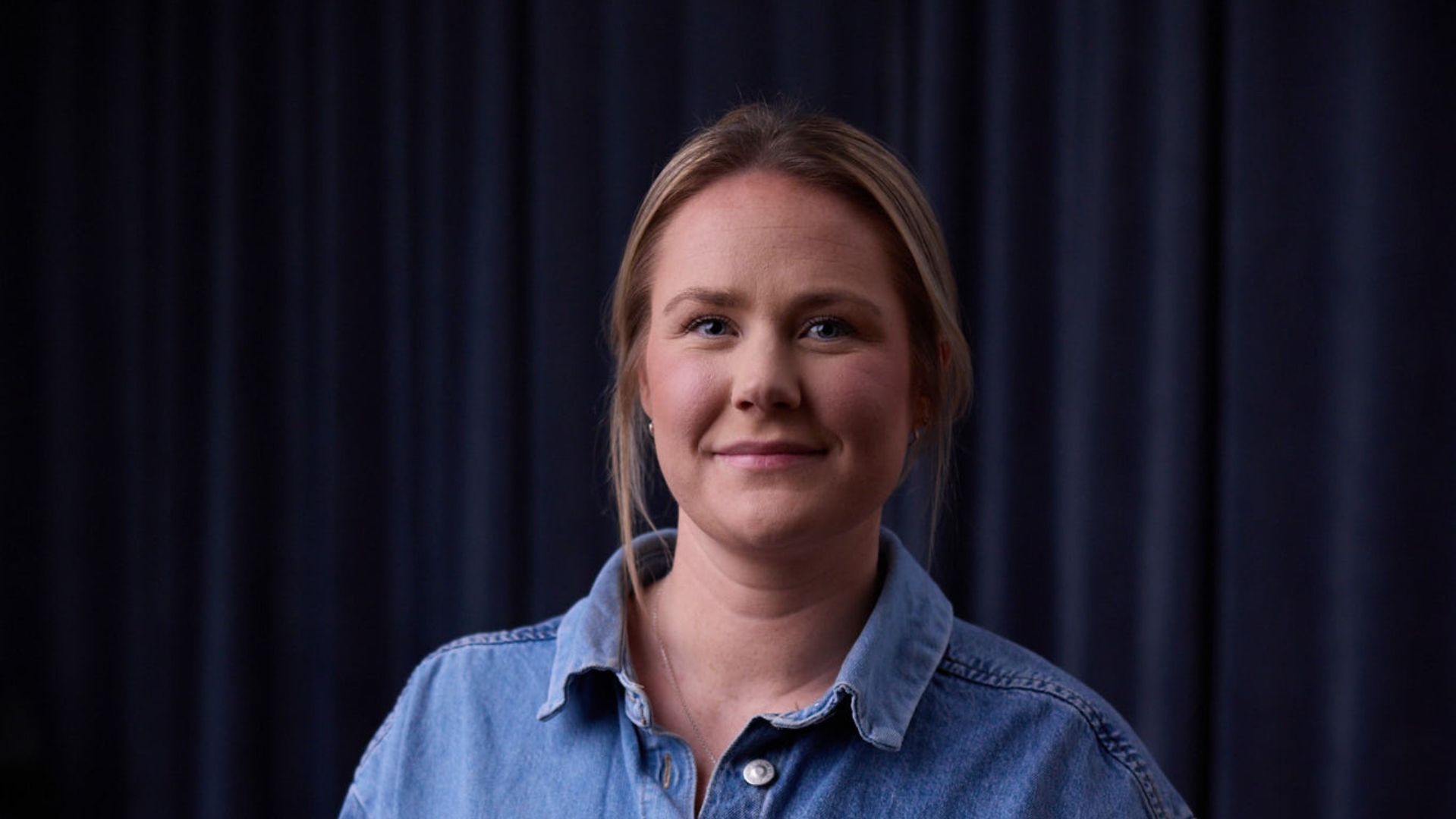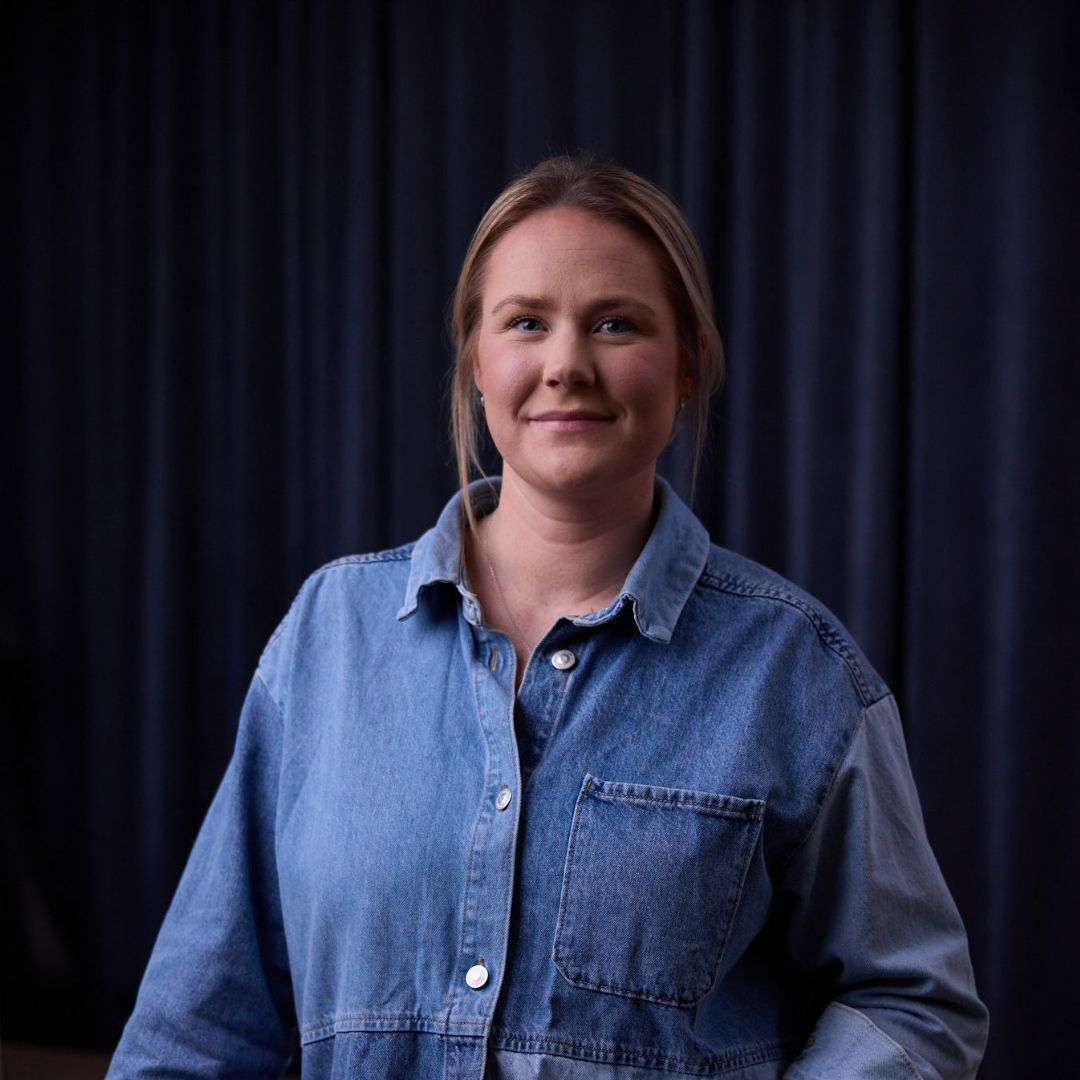ESG & Quality review 2024 - Hanna Wadsten
ESG & Quality review 2024 - Hanna Wadsten

How can data and transparency help reduce emissions, cut costs, and build trust? In our ESG & Quality interview, Hanna Wadsten explains how Autocirc is strengthening its sustainability work – from more precise emission tracking to customer reporting that makes progress visible.
She also shares how industry trends and partnerships, like the Circular Car project with RISE, are pushing the circular transition forward. The focus is reducing carbon emissions, maximising reuse, and making sustainability measurable and actionable – for customers, partners, and the climate.
Read the full interview with Hanna Wadsten here.
How would you describe Autocirc’s 2024 from your perspective as ESG & Quality Manager?
We have laid the groundwork to take the next step in our journey towards a circular transition. A new data management and reporting system was rolled out this year, providing us with precise tools to monitor emissions across the Group. With more detailed data and enhanced visualization of our internal emissions, identifying opportunities to reduce emissions becomes easier. At the same time, it
strengthens our foundation for transparent, high-quality reporting, which is critical to meet both the legislation we are subject to and the expectations of partners and stakeholders.



"Our internal carbon intensity is decreasing, which is clear evidence that we are on the right path."
In what ways is Autocirc a more sustainable Group today compared to a year ago?
We are constantly raising our ambitions and are pleased to see a positive trend when analysing measurable data – for instance, how we are contributing to the Paris Agreement. Our internal carbon intensity is decreasing, which is clear evidence that we are on the right path. Alongside this, we have refined our taxonomy calculations and are proud to report that 65 % of our 2024 turnover aligns with the taxonomy. Over the past year, we have worked hard to ensure compliance with minimum safe- guard requirements and introduced measures to align our financial activities with the taxonomy’s sustainability goals.
This also reassures investors that our operations are driving the green transition. Beyond the environment, we have dedicated significant effort to other ESG areas, with social issues and governance taking centre stage through updated policies and internal training. For example, we have revised our Code of Conduct and carried out an ambitious policy review, covering areas like HR, fair competition, anti-corruption, information, and IT.
How have developments in the industry and society influenced your sustainability efforts?
We are seeing a trend where production is moving closer to markets, reinforcing our position as a reliable partner in Europe. Meanwhile, insurance companies are pushing for sustainability in our sector, and we are a vital link in helping them meet their climate ambitions.
Through our collaboration with RISE on The Circular Car project, we’re also demonstrating how the industry can act collectively to move forward. Stakeholders from across the automotive value chain are involved, aiming to accelerate the circular transition. Transport accounts for nearly a third of Sweden’s greenhouse gas emissions, and we are proud to be part of this ambitious initiative to reduce the industry’s climate impact.
How have developments in the industry and society influenced your sustainability efforts?
We are seeing a trend where production is moving closer to markets, reinforcing our position as a reliable partner in Europe. Meanwhile, insurance companies are pushing for sustainability in our sector, and we are a vital link in helping them meet their climate ambitions.
Through our collaboration with RISE on The Circular Car project, we’re also demonstrating how the industry can act collectively to move forward. Stakeholders from across the automotive value chain are involved, aiming to accelerate the circular transition. Transport accounts for nearly a third of Sweden’s greenhouse gas emissions, and we are proud to be part of this ambitious initiative to reduce the industry’s climate impact.

"Our primary focus is to keep reducing carbon emissions in our operations and maximising the reuse of car parts."
How are you working with your internal culture to make Autocirc an attractive workplace?
Collaboration is key to achieving our vision. Not just among people at the same workplace, but also between different companies across country borders. Our greatest asset is our employees and their collective commitment to driving sustainable change in the automotive parts industry. That is why we invest in their health and wellbeing. For instance, we have enhanced expertise in our French companies through significant training initiatives.
We place great emphasis on responsible working conditions and continuously develop our human rights due diligence efforts. By setting clear targets linked to key performance indicators, we also prioritise employee wellbeing, with metrics like sick leave serving as an indicator. Our culture is shaped by working together to shift consumption patterns and pave the way for a circular transition. This makes us an attractive workplace for anyone eager to contribute to this progress – today and in the future.
What will be most important for Autocirc in 2025?
Our primary focus is to keep reducing carbon emissions in our operations and maximising the reuse of car parts. We work based on the requirements of the taxonomy and focus particularly on cutting emissions within Scope 1 and 2. With our new data management platform in place, we have the tools to take our work to the next level.
A big thank you to our team across the Group for excellent collaboration during the year. I look forward to building on the foundation we have established and using our full potential to become an even stronger driver for sustainable transformation in our industry.
Hanna Wadsten
ESG & Quality Manager
Borås, April 2025